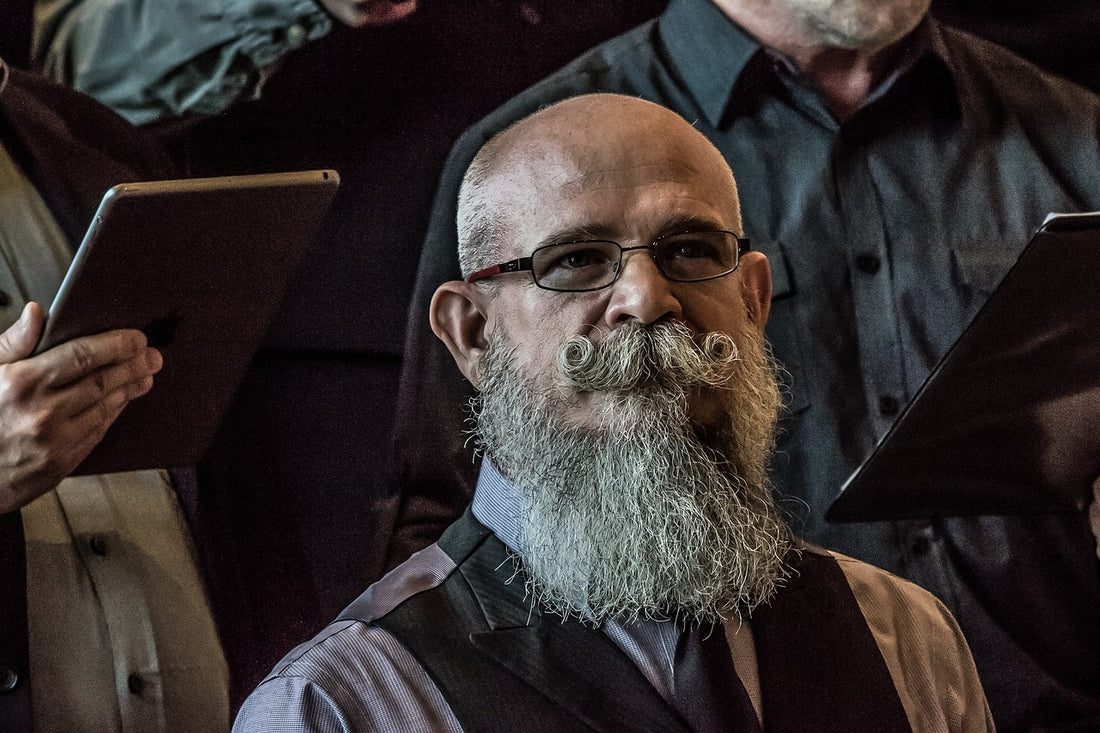
The beard, a journey through the centuries
Share
The beard, much more than a simple physical attribute. It has crossed the centuries by embodying a multitude of symbols and fashions. From ancient Greece to modern times, it has been in turn a sign of virility, wisdom, power or even belonging to a social group. Let's discover together the evolution of the beard through the ages.
The beard in antiquity
- Ancient Greece: The Greeks often associated the beard with philosophy and wisdom. It also symbolized maturity and experience.
- Ancient Rome: In the early Roman Empire, the Romans favored shaving, especially for hygiene reasons. However, under the influence of Greece, the beard made a comeback, becoming a sign of social distinction. Emperors like Hadrian sported it proudly.
The Middle Ages: between tradition and change
The Middle Ages were a period marked by great diversity in the ways in which beards were worn.
- The Franks and Germans: These peoples valued the beard, which was often associated with the strength and courage of warriors.
- The Christian West: Influenced by the Romans, the Christian West long favored the shaved face. However, the beard retained an important place in certain regions and among certain social classes.
The Renaissance: the comeback of the beard
The Renaissance saw a real revival of the beard. Court men, artists and intellectuals sported well-groomed and worked beards, testifying to their social status and refinement.
The Modern Era: Fluctuating Fashions
The modern era has been characterized by constant fluctuations in beard-wearing fashions.
- 17th and 18th centuries: The wig became fashionable, often hiding the beard.
- The 19th century: Beards made a comeback, especially among artists and intellectuals, who drew inspiration from models from the past.
- The 20th Century and Beyond: The 20th century saw many fashions, ranging from the very short beard to the goatee, to the long and full beard. Today, the beard is more than ever a fashion accessory , allowing everyone to assert their personality.
The beard, a universal symbol
Beyond fashions and eras, the beard has always had a strong symbolic dimension. It has been associated with virility, wisdom, power, religion, cultural identity, and many others. Today, the beard is a means of self-expression, a marker of belonging to a group or simply an aesthetic choice.
Conclusion
The history of the beard is closely linked to the history of men. It bears witness to the evolution of societies, fashions and mentalities.
